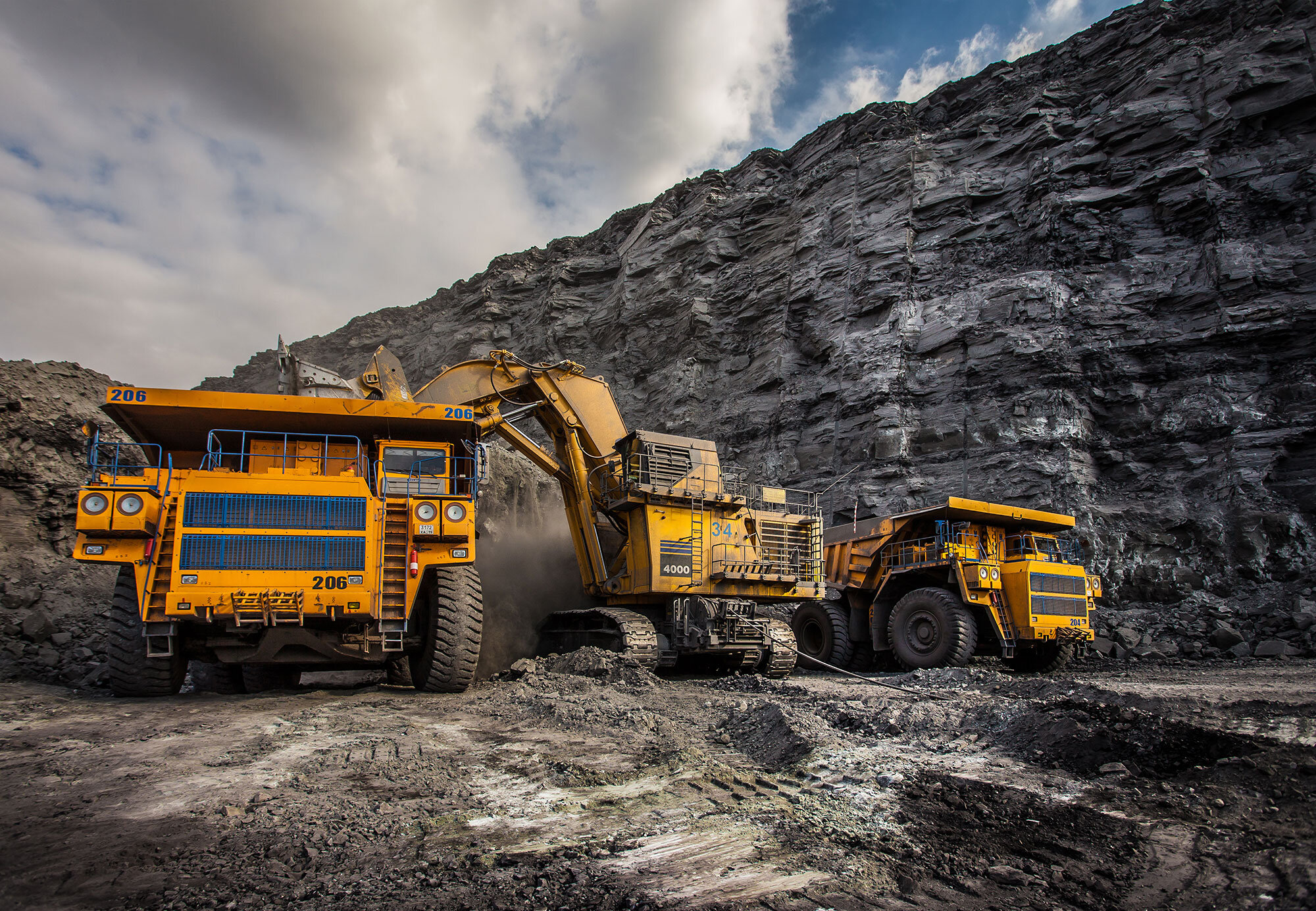Mining is a crucial industry that provides the raw materials for everything from technology to construction. However, the process of extracting these valuable resources is far from simple. It involves heavy machinery, careful planning, and a deep understanding of both efficiency and safety. The right equipment is essential to ensure that mining operations run smoothly while safeguarding workers and the environment.
In this blog post, we’ll explore the must-have mining equipment that plays a pivotal role in improving productivity and enhancing safety in mining operations.
1. Excavators: The Workhorse of the Mine
Excavators are among the most common and versatile pieces of equipment in any mining operation. These machines are essential for digging and moving large amounts of earth or rock. Whether for surface mining or in preparation for underground mining, excavators can break through tough soil, remove overburden, and expose the valuable ore underneath.
The most efficient mining excavators are designed for heavy-duty performance and come equipped with powerful hydraulics that can manage heavy lifting. These machines come in a variety of sizes, from compact models for smaller operations to large-scale excavators capable of moving tons of material in a single scoop.
2. Haul Trucks: Transporting Materials with Ease
Once the material is excavated, it needs to be transported to processing areas or stockpiles. This is where haul trucks come in. These massive vehicles are designed to carry large quantities of earth, rock, or mined material over short or long distances. Haul trucks are engineered to handle heavy loads, with some models able to carry up to 400 tons of material per load.
Haul trucks play a key role in maintaining productivity levels, as they ensure that materials are delivered to the next stage of the process without delay. In terms of efficiency, haul trucks are often equipped with advanced GPS systems that track routes, speed, and fuel consumption, optimizing operations and reducing unnecessary downtime.
3. Drilling Machines: Precision at Depth
Drilling machines are crucial for both exploration and extraction. These machines are used to drill holes into rock formations to gather geological data and extract minerals. Whether for blasting, core sampling, or constructing shafts for access to underground mines, drilling equipment needs to be precise and reliable.
The type of drilling equipment used depends on the specific requirements of the mining operation. Rotary drilling rigs are used for drilling large-diameter holes in softer formations, while blast-hole drills are used in hard rock environments. Modern drilling machines also come with automation systems that reduce human error and increase safety, ensuring the operator has greater control over drilling depth and direction.
4. Loaders: Moving Materials with Precision
Loaders are another essential piece of mining equipment that assist in loading materials onto trucks or conveyor systems. They come in various sizes, from compact models for smaller operations to large loaders for more massive mining sites.
The primary function of loaders is to move mined materials quickly and efficiently from the pit to transportation or processing areas. They often feature large buckets that can carry several tons of material in a single scoop, speeding up the loading process and increasing overall mining productivity.
5. Crushing and Screening Equipment: Refining the Materials
Once the raw materials are extracted, they often need to be crushed and screened before they can be processed further or sold. Crushing equipment breaks down large pieces of rock into smaller, manageable sizes while screening machines separate materials based on size.
This equipment ensures that the mined materials are processed effectively, maximizing the yield from each excavation. Crushers and screens are critical in reducing the size of materials to the appropriate level for smelting or other forms of processing. Without them, the ore may remain too large or mixed with impurities, reducing its value.
6. Conveyors: Streamlining Material Handling
In large-scale mining operations, material handling is key to maintaining efficiency. Conveyors are used to transport materials across long distances, either within the mine or between processing plants. These systems are ideal for handling bulk materials such as coal, ore, or sand, moving them from one area to another without the need for manual labor.
Automated conveyor systems also help reduce operational costs, improve safety by reducing the need for truck transportation within mines, and ensure that materials are moved quickly and efficiently.
7. Ventilation Systems: Ensuring Safety Underground
For underground mining operations, safety is a major concern due to the risk of hazardous gases and the potential for explosions. Ventilation systems are critical to ensuring air quality, especially in deep mines. These systems pump fresh air into the mine while simultaneously removing harmful gases, such as methane and carbon dioxide.
Without a reliable ventilation system, miners would be at risk of exposure to dangerous gases, which could lead to explosions or long-term health issues. Additionally, ventilation systems help control temperature and humidity, further improving the overall safety and working conditions underground.
8. Personal Protective Equipment (PPE): Keeping Miners Safe
In addition to heavy machinery, personal protective equipment (PPE) is vital for ensuring the safety of workers. Helmets, gloves, high-visibility clothing, steel-toed boots, and respiratory masks are just a few examples of the essential safety gear worn by miners.
PPE helps protect miners from falling debris, hazardous chemicals, and other environmental dangers. Given the high-risk nature of mining, having the right safety equipment is just as important as having the right machinery.
In Conclusion
The proper mining equipment is essential not only for boosting operational efficiency but also for safeguarding workers. From robust excavators and haul trucks to drilling machines and ventilation systems, each piece of machinery is integral to maximizing productivity while reducing the risk of accidents. Additionally, utilizing hydraulic filters plays a key role in ensuring the longevity and performance of equipment, as they help maintain optimal hydraulic system efficiency by preventing contaminants from causing wear and tear.
As the mining industry progresses, so does the technology that powers these operations. By investing in state-of-the-art machinery, incorporating automation, and emphasizing worker safety, mining operations can reach new heights of efficiency, ultimately leading to safer and more profitable ventures in the future.









